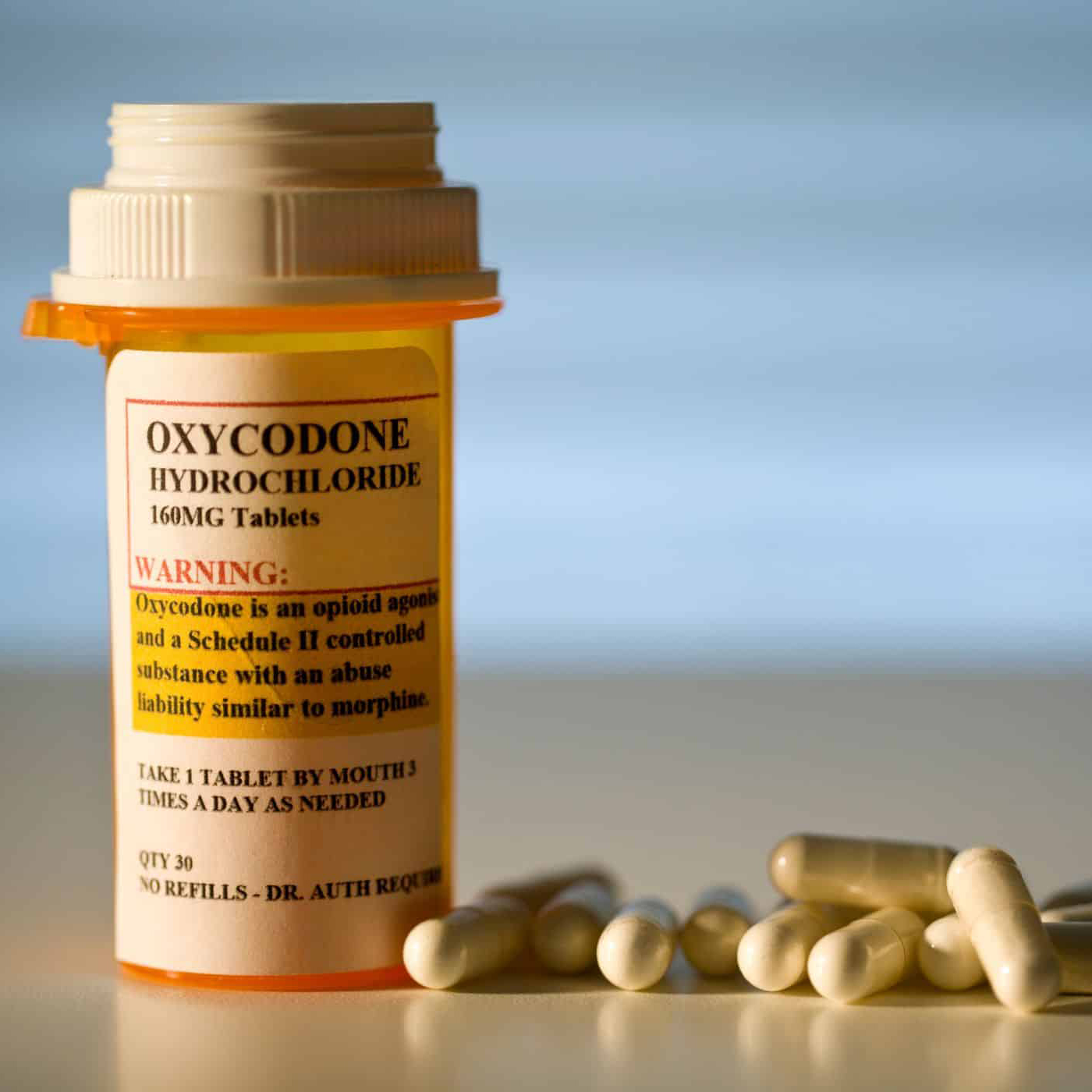Uses
Oxycodone is utilized primarily to relieve pain that is unresponsive to non-opioid analgesics. It is often prescribed for:
- Chronic pain conditions: Such as cancer-related pain or severe musculoskeletal disorders.
- Postoperative pain: Following surgeries where patients experience significant discomfort.
- Acute injury pain: Including fractures or severe soft tissue injuries.
- Palliative care: To improve quality of life in terminal illnesses.
Oxycodone is available in various formulations, including immediate-release (IR) tablets, extended-release (ER) tablets, capsules, and oral solutions. Brand names include OxyContin (ER), Roxicodone (IR), and combinations like Percocet (oxycodone with acetaminophen).
Mechanism of Action
Oxycodone works by binding to mu-opioid receptors in the brain and spinal cord, inhibiting pain signals and altering the brain’s perception of pain. This results in both analgesic and euphoric effects, which can also lead to misuse.
Effects and Side Effects
Therapeutic Effects:
- Significant pain relief
- Sedation
- Reduced anxiety related to pain
- Improved quality of life for chronic pain suffererss
Common Side Effects:
- Nausea and vomiting
- Drowsiness or sedation
- Dizziness
- Constipation
- Itching or rash

Severe Side Effects:
- Respiratory depression: Particularly dangerous in overdose situations, it can lead to hypoxia and death.
- Hypotension: May cause fainting or dizziness.
- Dependence and addiction: Due to its euphoric effects and tolerance development.
- Hormonal imbalances: Long-term use may suppress the hypothalamic-pituitary-adrenal axis.
- Increased sensitivity to pain (hyperalgesia) in chronic use.
Risks and Warnings
Addiction and Abuse
One of the most significant risks associated with oxycodone is its high potential for addiction. The drug’s euphoric effects can lead to physical dependence, and individuals may develop tolerance, requiring higher doses for the same effect. Misuse can lead to opioid use disorder (OUD), which is marked by compulsive drug-seeking behavior.
Overdose
An overdose of oxycodone can be life-threatening. Symptoms include:
Shallow or slow breathing
Blue-tinged skin, lips, or nails (cyanosis)
Unresponsiveness or unconsciousness
Bradycardia (slow heart rate)
Emergency treatment with naloxone, an opioid antagonist, is essential to reverse the overdose effects. Due to its potency, even prescribed doses can be fatal if combined with other central nervous system (CNS) depressants, such as alcohol or benzodiazepines.
Drug Interactions
Oxycodone can interact negatively with various substances:
Benzodiazepines: Increased risk of profound sedation and respiratory depression.
Alcohol: Potentiates CNS depression, significantly raising overdose risk.
Antidepressants (like MAOIs): May enhance sedative effects or cause serotonin syndrome.
Antihistamines and sedatives: Additive effects can impair breathing.
Withdrawal and Discontinuation
Stopping oxycodone abruptly after long-term use can lead to withdrawal symptoms, including:
Anxiety and restlessness
Muscle and bone pain
Insomnia
Diarrhea and vomiting
Sweating and chills
To minimize withdrawal risks, doctors often employ a tapering schedule to gradually reduce dosage.
Conclusion
Our Products
-
Testosterone Enanthate
$240.00 / Per 10ml
-
Testosterone Cypionate
$200.00 / Per 10ml
-
Testosterone Gel 1%
$4.00 / Per Sachet





